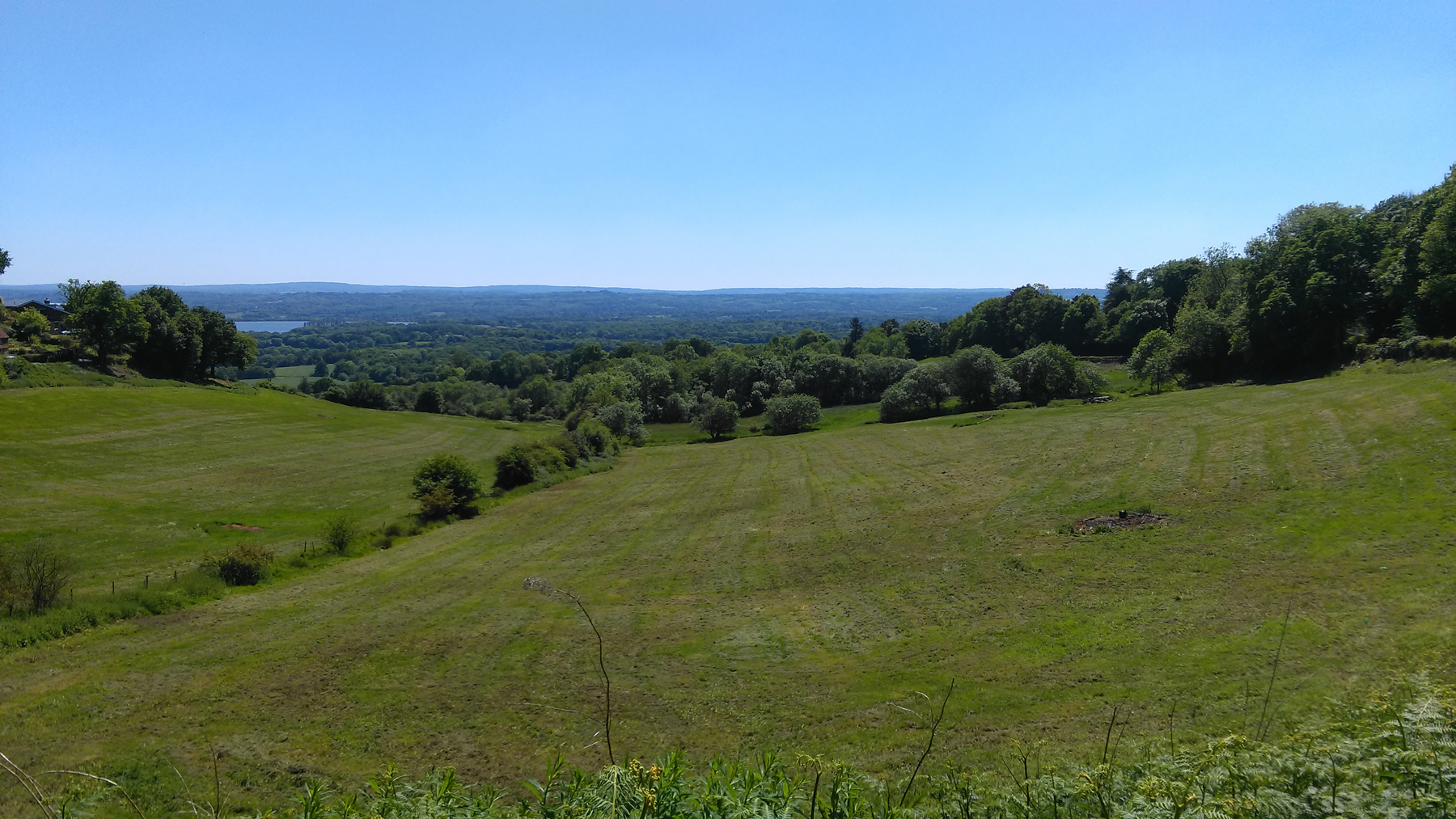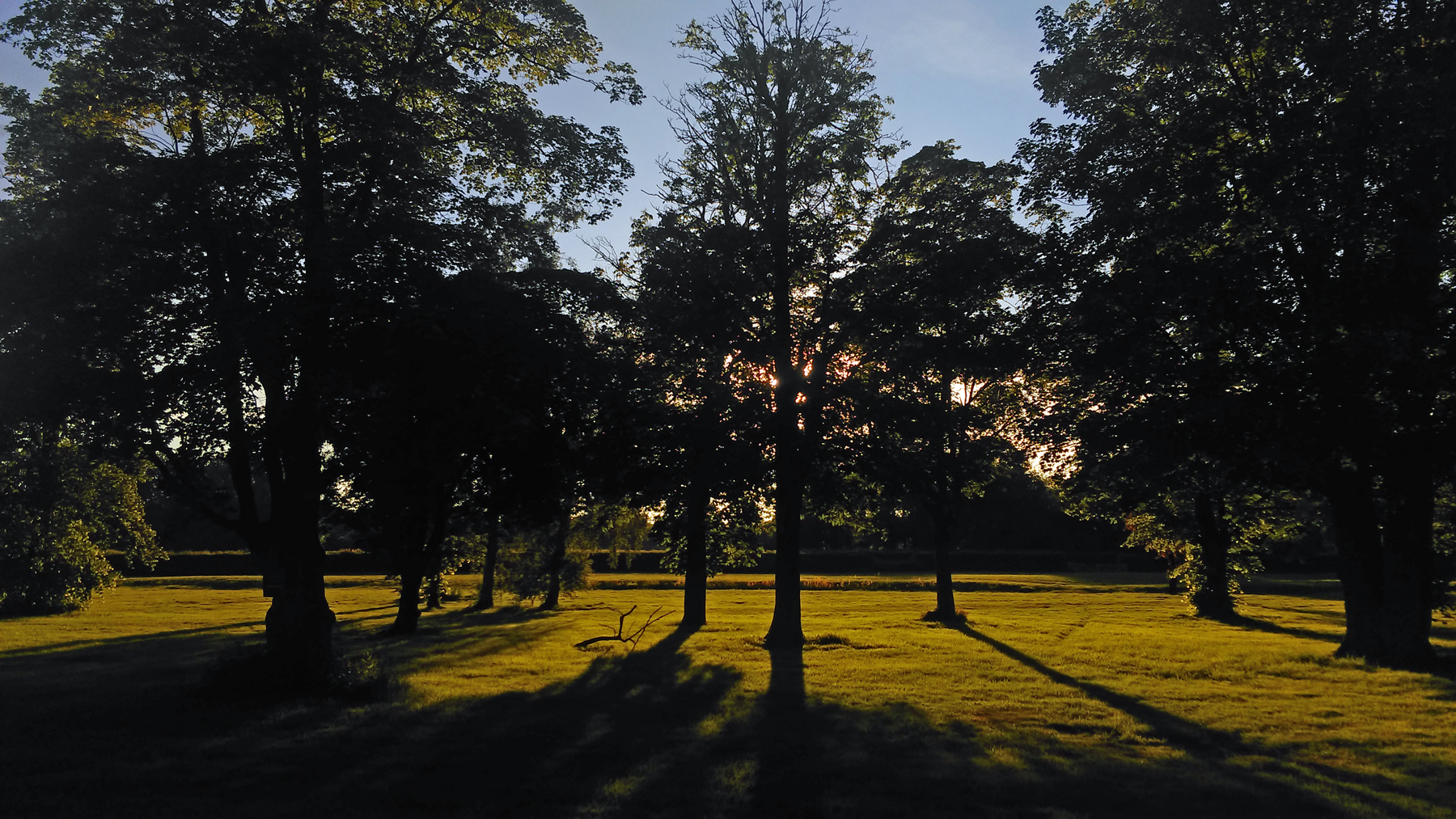The Green Belt
Why is the Green Belt there?
First, the flippant, if slightly inaccurate, answer which we couldn’t quite resist. The green belt is there to stop your judo trousers from falling down. Now we’ve got that out of the way, we’ll address an important aspect of housing and planning legislation in England.
A little history
As long ago as 1580, Queen Elizabeth 1 designated a three-mile-wide belt around London as a strategy to prevent the spread of plague. Jumping forwards a few centuries, Victorian pioneer, Ebenezer Howard, of Garden City fame incorporated parkland into his vision for future urban developments, but it wasn’t until the 1950s that green belts as we know them today were established. This was, in part, thanks to pressure from organisations such as the Campaign to Protect Rural England (CPRE), founded in 1926.
As early as 1938, the London County Council (LCC) began buying up packets of land ‘to provide a reserve supply of public open spaces and recreational areas and to establish a Green Belt or girdle of open space’ around the city, which was already densely packed. The land was to be safeguarded from development.
In 1947, the Town and Country Planning Act established the principle that green belt land could be included in town plans and in 1955, Conservative Minister of Housing, Duncan Sandys, took the last decisive step towards implementation of the policy.
Without wishing to get political, it has been suggested that the original idea of green belt land – social benefit for city dwellers – was turned on its head in the early days, since the objective became to prevent pesky Londoners from spilling out into the Home Counties!¹
Today, England has 14 green belts, covering more than 12% of the land – around 6,000 square miles.

The benefits of green belts
The primary intention of a green belt is to halt urban sprawl, preventing one city from running into the next, separating countryside from heavy concentrations of housing and commercial development with a kind of buffer zone. This also means that outlying towns don’t become absorbed into suburbs, losing their identity and all semblance of character in the process. Since green belt land has tight planning controls, it forces local authorities to consider regenerating derelict land in urban areas within the belt.
The green spaces not only provide much-needed recreational areas for city folks and preserve wildlife habitats, but improve air quality, mitigate climate change, help with flood control and serve as valuable areas for food production.
What next?
Despite the obvious benefits of preserving green belts for posterity, people need homes. House- building targets imposed by successive governments mean that some local authorities feel the need to release green belt land for development. At what cost to society and to future generations?
In our next blog, we’ll look at current planning constraints and what we might expect in the years to come.

